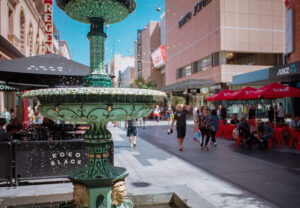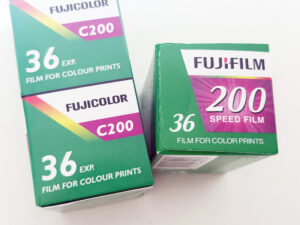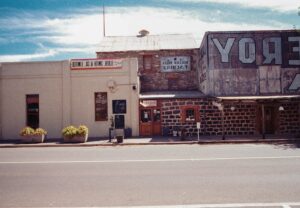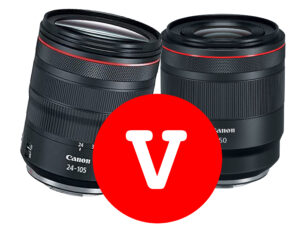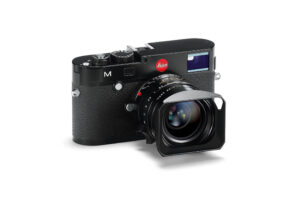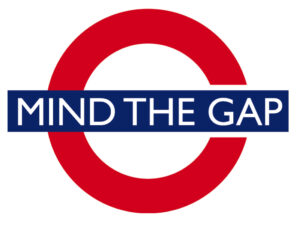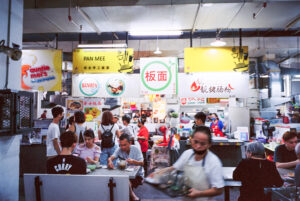When it comes to brand transformations, Oatly’s rebrand is nothing short of legendary. From flat sales to skyrocketing global demand, this is the story of how a small Swedish company turned oat milk into a billion-dollar phenomenon.
This isn’t just about marketing; it’s about redefining how a business thinks, speaks, and connects. Let’s dive into the bold moves that rewrote the rules for Oatly—and the entire food and beverage industry.
Humble Beginnings: A Product Ahead of Its Time
Oatly’s journey began in the 1990s with an innovative product: oat milk. Back then, their focus was on a niche audience—people allergic to dairy.

The company operated like a traditional multinational, relying on spreadsheets, committees, and the same old category cues seen across the dairy-free market. The result? Flat growth.

That all changed when Toni Petersson—a CEO with no prior experience in the food industry—was brought on board to shake things up. What followed was one of the most disruptive and creative transformations in modern branding history.
The 3 Genius Moves That Changed Oatly Forever
The Oatly Department of Mind Control
The first major shake-up was ditching the traditional marketing department. Oatly replaced it with a Creative team, boldly naming it the “Oatly Department of Mind Control.”
This wasn’t just a rebranding exercise—it was a rethinking of how the entire company operated.
- The Creative team was involved in every aspect of the business, from product development to packaging design.
- Their guiding belief? Traditional marketing structures stifle creativity. To truly stand out, creativity needed to be at the core of every decision.
This move transformed Oatly from a corporation that “sells products” into a brand that truly connects with people.
Packaging as ‘Owned Media’
With lean budgets and a mission to be seen, Oatly saw an opportunity in their own packaging.
Instead of spending millions on paid media, Oatly made their quirky messaging and brand personality shine on their shelf space.
Every square inch of packaging became an opportunity to engage consumers. Their cartons didn’t just list ingredients—they became billboards for clever slogans, humorous insights, and thought-provoking messages.
This strategy turned everyday shoppers into brand advocates, sparking conversations that extended far beyond the grocery store aisle.

Be Human, Not a Logo
Oatly’s transformation hinged on authenticity. The brand adopted a simple philosophy: “Be human, not a logo.”
Rather than hiding behind corporate jargon, Oatly spoke to consumers like real people. They:
- Used a conversational tone in all communication.
- Showed the faces and stories behind the brand.
- Made fun of themselves (and even the industry) to build trust.
This transparency and authenticity broke down traditional barriers, creating a loyal customer base that felt personally connected to the brand.

The Results: Billions of Dollars in Value
Oatly’s transformation wasn’t just a creative success—it was a financial one. The company went from niche dairy alternative to global powerhouse.
- Massive brand loyalty: Oatly fans don’t just drink oat milk—they evangelize it.
- Cultural relevance: Oatly’s witty tone and bold packaging have become icons in the plant-based movement.
- IPO success: In 2021, Oatly went public with a valuation of $10 billion, cementing its place as a leader in the plant-based revolution.
Lessons From Oatly’s Rebrand
What can we learn from Oatly’s incredible rebrand?
Prioritize creativity across the entire business
Creativity isn’t just for marketing—it’s a mindset that drives innovation in every department.
Maximize every touchpoint
Whether it’s packaging, social media, or email, make every interaction count.
Speak like a human
People connect with people, not logos. Build trust by being transparent, conversational, and real.
Oatly’s rebrand is a lesson for brands looking to redefine themselves in a crowded market. By prioritizing creativity, authenticity, and resourcefulness, Oatly proved that even a niche product can become a cultural and financial juggernaut.
What’s your favorite part of Oatly’s transformation? Share your thoughts below!










